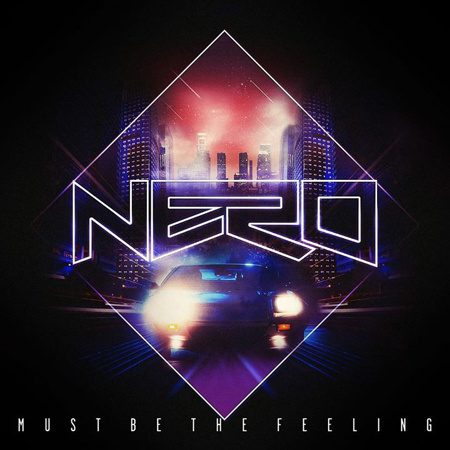After completing my film it is important that I reflect back on the process and why I made certain decisions. I have created an evaluation as an interview and also go into more detail here on my blog.
Question 1: In what ways does your media product use, develop or challenge forms and conventions of real media products?
Goodwins Theory
One important theory to look at is Goodwin's theory in which there are 8 main characteristics that music videos must follow. I have tried to achieve most if not all of these:
1. Links between lyrics and visuals
There aren't too many lyrics but the key one being "your face", is shown by lots of close ups of reaction shots and also a focus on the mask and the lack of a face.
2. Links between music and visuals
There are certain parts where the editing fits with the music and by using fast editing this compliments the fast paced beat of the song and helps to blend in with the song.
3. Genre Characteristics
I have discussed these in the evaluation film.
4. Intertextual references
There are various different dance moves which all have different origins with different genres. For example the "dubasauraus rex" has become iconic of the dubstep genre and also references to the gonzo skank made famous by Tempa T (grime MC from London)
5. Notions of looking
Lots of point of view shots throughout the film that give the impression of someone watching them.
6. Voyeurism
When the main protagonist is putting on his mask we can see him looking into a mirror and there is a sense that someone else is watching him.
7. Demands of the record label
There are a lot of shots of the artist and so will be promoting the pair and the logo, along with the song.
8. Performance based
The music video contains a large performance element.
- The Hero – The two main protagonists
- The Villain –
- The Donor – Two backstage members
- The Dispatcher – Will (Manager)
- The False Hero – Cleaner
- The Helper – Will (Manager)
- The Princess –
- Her Father – Cleaner
Todorov's Theory
Todorov's theory states that each narrative will have 5 stages and that they will progress through these stages throughout the film/video.
- A state of equilibrium - They are just sitting in the studio making music.
- A disruption of the equilibrium - The manager texts them and informs them about their gig tonight.
- A recognition that there has been a disruption - the pair look at each other in shock slowly realising their mistake.
- An attempt to repair the disruption - they race down to the venue and play the gig in the end.
- A reinstatement of the equilibrium - they finish the gig and then they can return back to their home to continue editing.
Use of software and technology
Below are some screen shots of the different software and how I used each:
Below are some screen shots of the different software and how I used each:
 |
| Premiere Pro was used to edit my music video. |
 |
| One problem was the large rendering times impeding my progress. |
 |
| Allowed me to use many different tracks to have flexibility. |
 |
| Using the glow tool in Photoshop to finalize the back cover. |
 |
| Using Photoshop to create my digipack. |
 |
| Using Photoshop to create my advert. |
 |
| I was also able to produce my animatic using Premiere Pro. |































